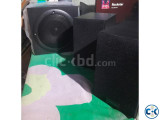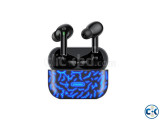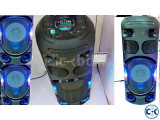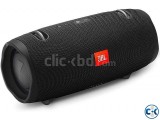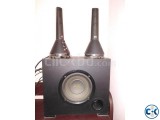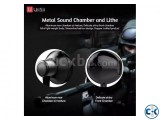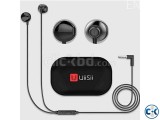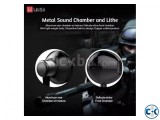My ClickBD
Altec Lansing MX5021
Lowest price in Bangladesh:
Highlights
- New/Used: Used
- Brand: Altec Lansing
- Type: Speaker
Seller info
Sold by:
Alam Mosaddek
Member since:
17 Sep 2012
Location:
Dhaka Khilgaon
Safety tips:
Don’t pay in advance
Meet in a safe & public place
Meet in a safe & public place
Description
DESCRIPTION for Altec Lansing MX5021 price in Bangladesh
|
Altec Lansing MX5021 With Box 1.5 year used. Very Good Condition. Spec Data: Two channels; two satellites; separate bass unit; THX certification; 150-Hz crossover frequency; tethered and wireless controllers; 20 watts RMS per satellite; 50 watts RMS bass unit. Pros: High volume levels. Elegant style. Rock-solid construction. Tethered and wireless controllers. THX certification. Both 3.5-mm and RCA input jacks. Bottom Line: The MX5021 is a smart-looking, three-piece speaker system that produces blistering output levels, but suffers from too much high end and too little bass. It's a good choice for larger listening environments like conference rooms, but isn't as well-suited for gaming, playing music files, or watching DVDs on your PC. Altec Lansing MX5021 The MX5021 simply reeks of chic. Its construction quality is in a class with that of the best systems we've reviewed, and its high-gloss piano-black satellites, sleek wedge-shaped desktop controller, distinguished-looking bookshelf-style bass unit, and credit-card wireless remote make it a match for even the most lavishly appointed boardroom. The bad news is that it suffers from a few sonic flaws that make this otherwise exemplary three-piece system less attractive for playing games, listening to music, and watching DVDs. The MX5021's two 20-watt-per-channel satellites each contain a horn-loaded one-inch tweeter mounted above a pair of hefty 3-inch full-range drivers. Despite their modest 2.25-by-5.25-inch footprints, the 10-inch-high satellites produce spacious sound that seems to be coming from much larger cabinets. Our evaluation unit easily generated sound levels (we measured 112 dB at 18 inches) greater than those of a circular saw. The system also performed well in the upper bass registers, where it produced percussive, snappy output. Acoustic bass sounded detailed and crisp, and we could visualize mallets striking skins when listening to well-recorded kick drums. But the system didn't fare as well in other ways. Unlike most THX-certified speakers, the MX5021's 5.25-inch bass driver couldn't deliver the deep low end needed to give floor-shaking impact to games, movie soundtracks, and many types of music. Drums sounded smaller than life, and the lowest octaves of synthesizers, electric basses, and pianos lacked authority. Another problem was the system's tendency to produce a brittle, trebly midrange, which was most annoying in bright rooms and when playing lower-bit-rate MP3s. This problem was less noticeable at lower volumes. Some listeners may even prefer the effect, since it does make movie dialog easier to understand. We were able to lessen these anomalies by adjusting the system's tone controls to get a better balance between the upper and lower registers. But despite repeated fiddling, we weren't able to resolve either problem to our satisfaction. The MX5021 is a great-looking, ruggedly built system that provides the room-filling output and convenient wireless control necessary for presentations and demos. But it's not as compelling for personal applications such as music, gaming and desktop theater. |

